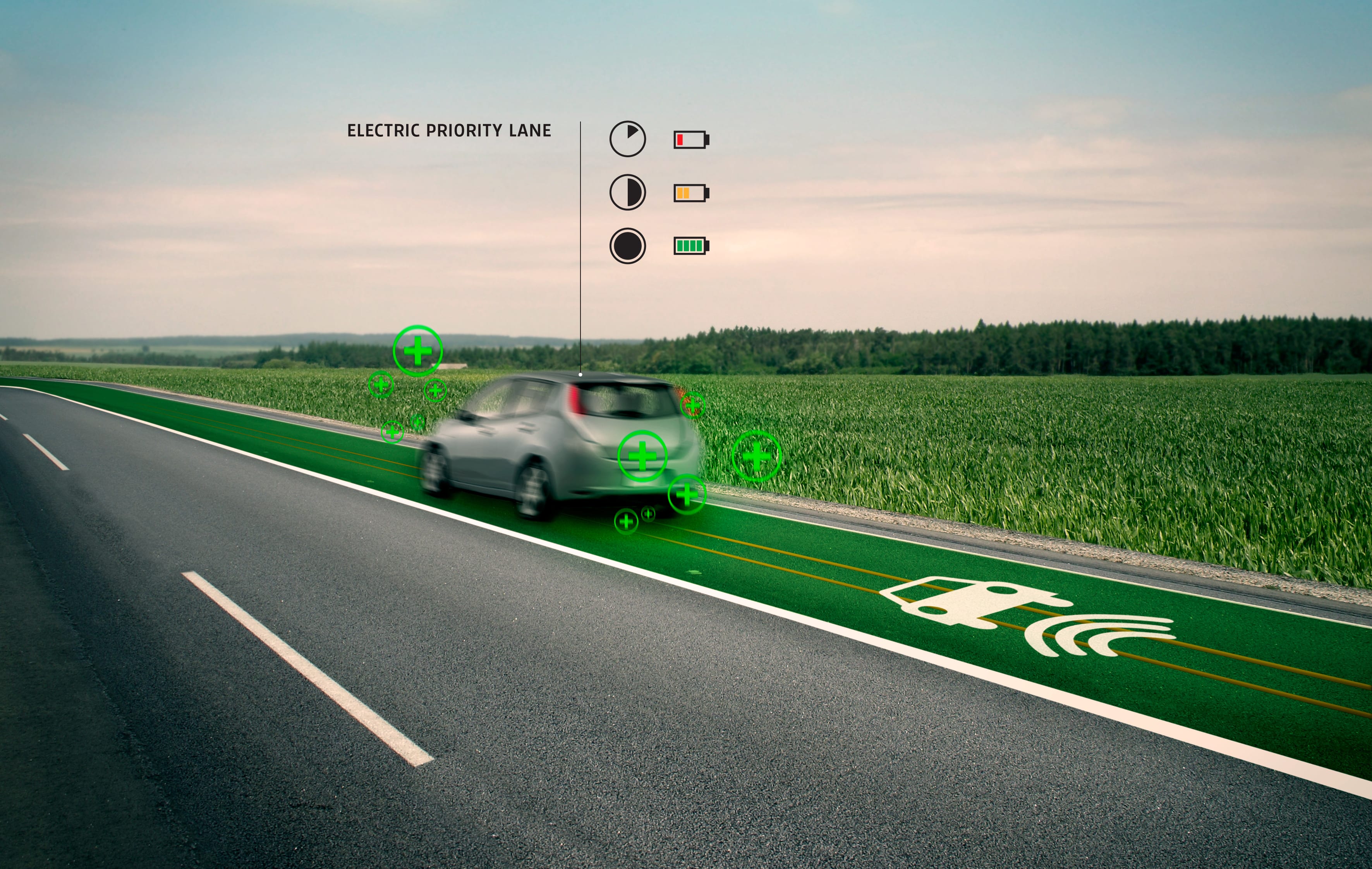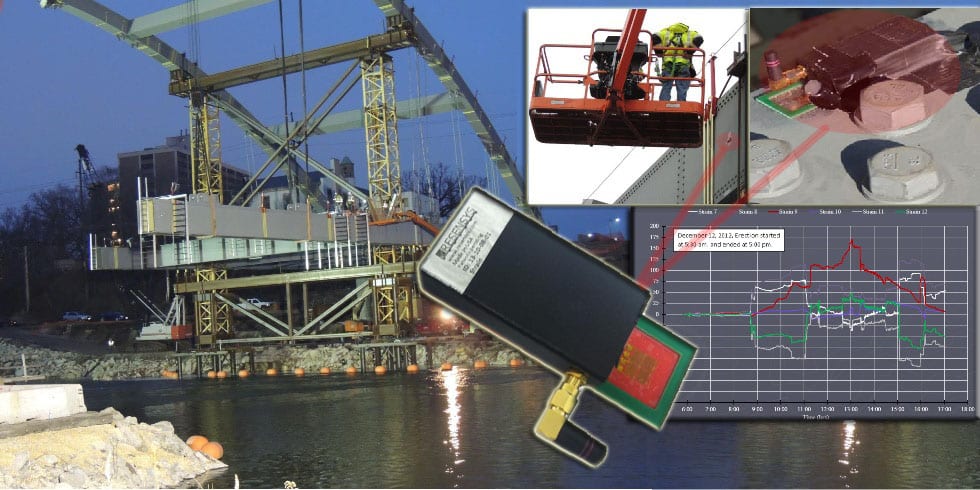Whether or not field service managers log countless hours on the road, chances are they’re managing techs who do. Traffic, weather and accidents on highways all affect how and when techs get their jobs done. And while innovations in driverless cars and energy efficient vehicles promise to make life behind the wheel easier, the roads themselves remain relatively unchanged.
Now scientists, designers and urban planners alike are turning their attention to the streets. With sensors, energy harvesting technology and even smart paint, they’re considering how the very pavement we cover could improve the way we travel from point A to point B. For field techs and their managers, it means faster, more predictable and energy efficient commutes.
Here are five technologies shaping the roads of the future:
1. Weather-reporting roads

Image via Studio Roosegaarde.
Dutch designer Daan Roosegaarde and European road manufacturer Heijmans Infrastructure built a 150-meter Smart Highway in the Netherlands that alerts drivers to icy conditions. A special paint applied to the surface in the shape of snowflakes glows blue when the pavement freezes. For field techs who work in icy conditions, the appearance of snow symbols might remind them to break out their snow chains.
2. Car-charging roads

Image via Studio Roosegaarde.
Roosegaarde’s Smart Highway also includes an “induction priority lane,” which uses induction coils embedded under the tarmac to charge electric cars as they drive above. As field service companies introduce electric vehicles to their fleets, they’d save time and trouble without having to look for the nearest charging station.
3. Energy producing roads

Image via Solar Roadways.
Solar Roadways, a small Idaho-based startup, has designed streets made of solar panels. The technology includes solar cells to harvest energy, and microprocessors and LED lights to project glowing lanes, speed limits, crosswalks and written warnings on street surfaces.
4. Emergency responder roads
Traffic Intelligence is at the forefront of an initiative from Cisco and AGT International. The team’s Smart City Global Strategic Alliance calls for street cameras and pavement-embedded sensors that would transmit traffic data to a central hub in real time. In the event of an accident, the system would notify emergency responders of the location and nature of the situation. Not only would field service techs receive faster treatment if they run into trouble, but also they’d likely spend less time in traffic waiting for accidents to clear.
5. Structure-monitoring roads

Image via Resensys.
Small cracks in roads and bridges can eventually be a factor in major accidents, such as the Minnesota bridge collapse, and costly repairs that interrupt traffic flow. A number of companies have produced sensors to measure indicators of structural damage. Resensys, for example, produces sensors that measure vibration, displacement, deformation, tilt, temperature and humidity, in real-time. The sensors collect this information and send it to a data center, where it’s continually analyzed. If a structural issue pops up, the system immediately alerts maintenance or repair engineers who can mitigate the damage before it festers into a larger issue.
With the promise of increased safety, productivity and environmental efficiencies, these technologies could bring peace of mind to managers and the road warriors they oversee.

Share this: